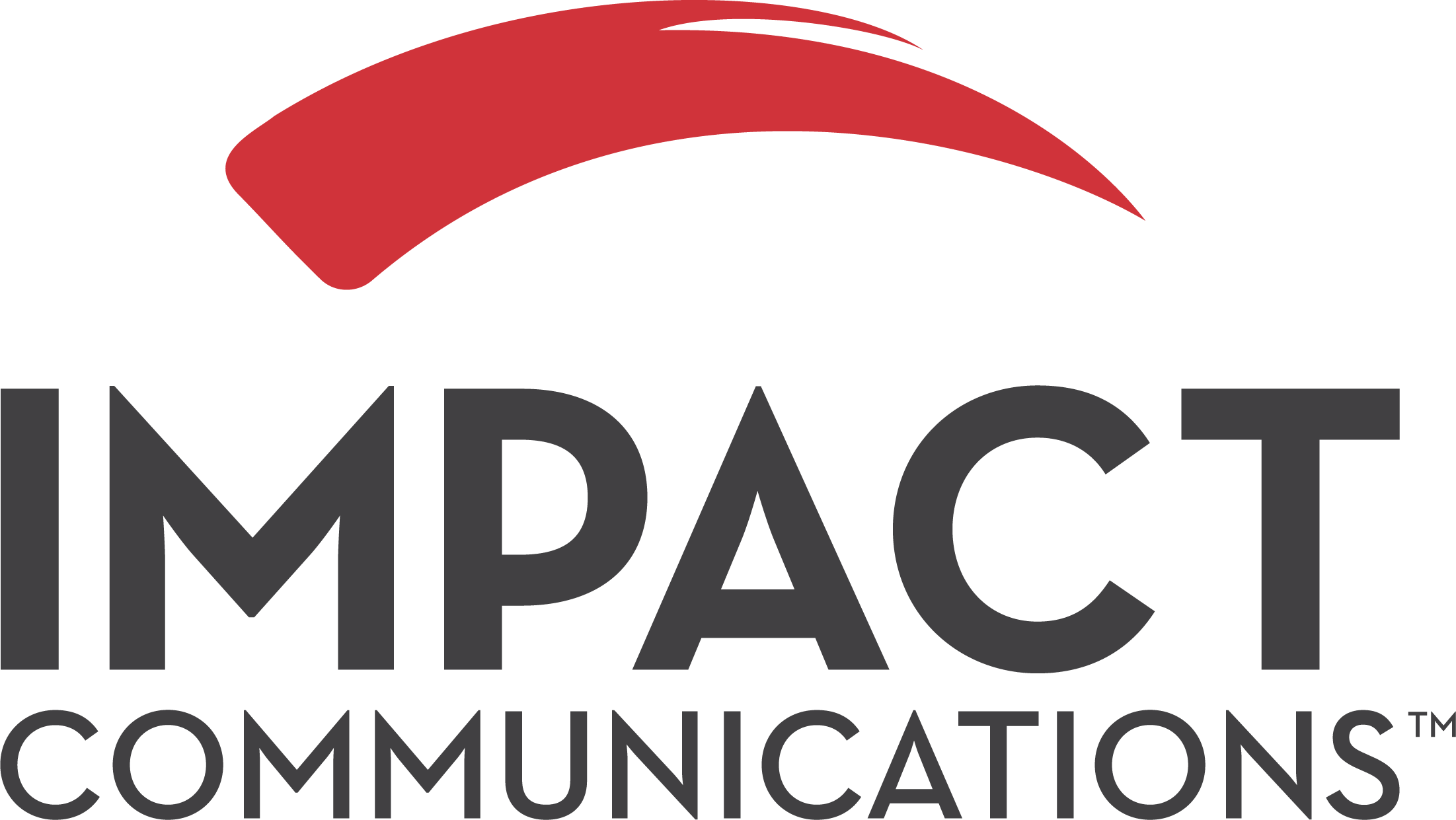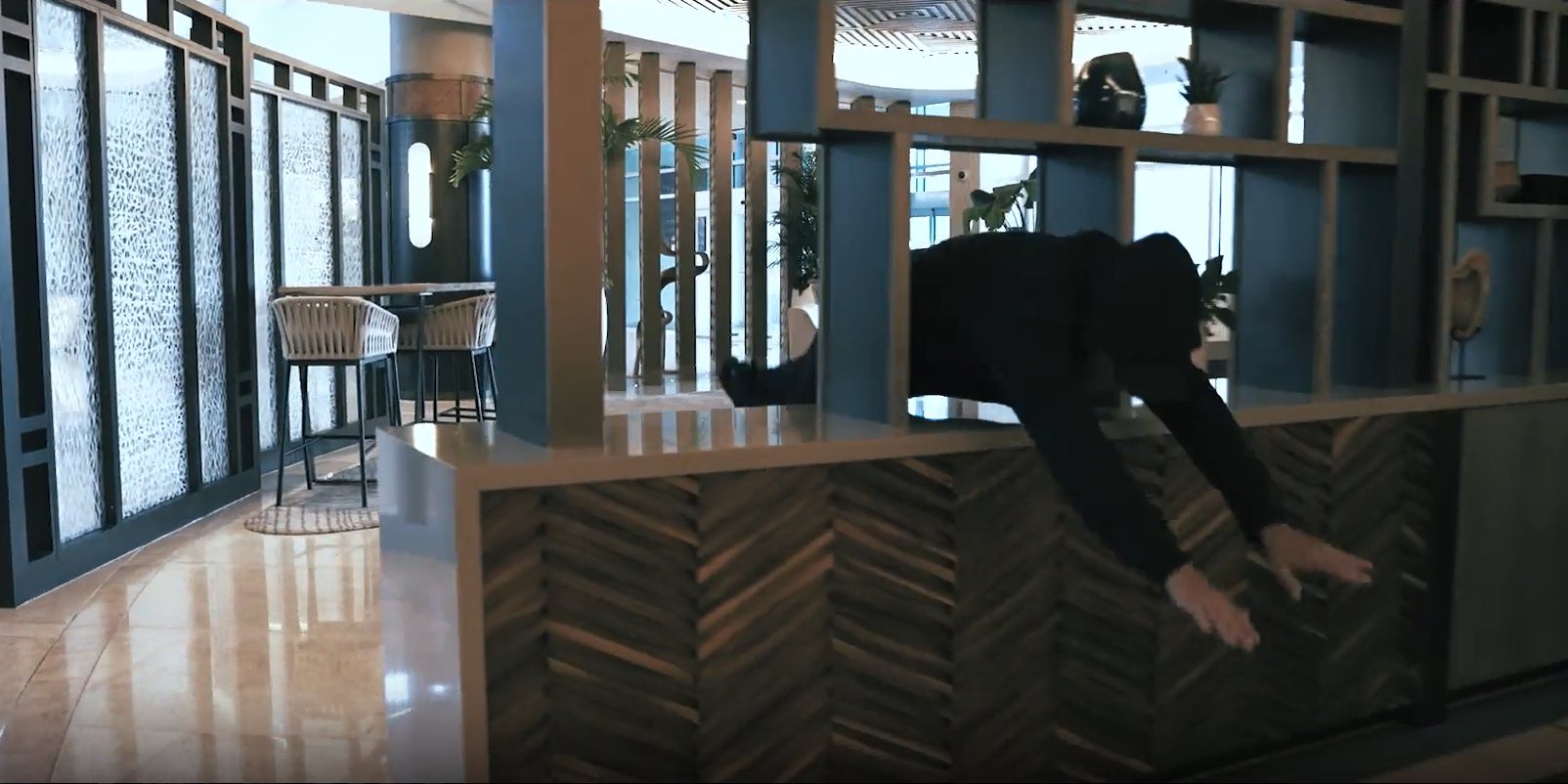With the COVID-19 pandemic moving into a new phase, the events industry is shifting to accommodate safety protocols, travel restrictions, and attendee comfort levels. While some are feeling more comfortable traveling and meeting in person, others are not there yet. As a result, hybrid events are emerging as a new trend. This unique mix of in-person and virtual are allowing companies to bring new and exciting content and engagement to all who wish to attend. But, there are some key differences. With hybrid, technology and production budgets become more important and larger, while things like transportation, lodging food and beverage, although still crucial, shrink with the decreased number of in person attendees. Let’s break down how best to budget your next hybrid event to ensure quality content, audience engagement and a memorable experience.

How to Budget a Hybrid Event
For large, in-person meetings the greatest expense traditionally has been food and beverage followed by hotel and then production. For a hybrid conference, the largest expense is production, driven by the need to create two different experiences in disparate locations.
The Most Important Factor
It is important that the virtual audience has two-way communication with those at the live event. Imagine a ballroom with multiple screens for speaker support, video, and the virtual audience. By creating a two-way communication environment, you allow your presenters – in-person and virtual – to adjust their presentations based on the reaction of the audience segments. A network lounge can connect in-person and online attendees to create topical group conversations with a subject-matter expert.
Strong internet access is the backbone of a hybrid conference or tradeshow. Keep this in mind as you negotiate broadband access with your venue. You may include remote studios where presenters gather and connect to the main studio at the in-person event. You need a savvy production team with a proven strategic approach to make the connections required for seamless events.
In the hybrid environment, more time is spent working with the production team to build the backbone of the event. Presenters require coaching on how to appeal to both audiences. Using an event app can help facilitate the connectivity of both groups.
Hybrid Virtual Trade Shows
For virtual trade shows, navigating should be easy and engaging. Consider creating 3D booths with videos and downloadable product information. Most importantly, make sure to have a knowledgeable sales staff that buyers can immediately connect with to begin the sales process. Be sure to have a strategy for this staff to connect with both in-person and virtual attendees.
Partner with a platform and production team that can support your registration, event, and app in a way that is easy for attendees. Keep in mind that a hybrid is not a one and done event. Making content available on-demand allows attendees to revisit it later.
This is a new world of conferences, meetings, and trade shows. We get to define the next generation of engaging, exciting, and entertaining hybrid events that motivate your attendees and achieve your objectives.
Related Posts
July 7, 2025
From Great Idea to Golden Reality
One thing I love about working on a creative team is that it doesn’t matter…
June 12, 2024
Why Rehearsals are Important
A lot of time and thought goes into building a powerful presentation.…
April 20, 2023
Six Benefits of Refreshing Your Website
As your company continues to evolve, your website must represent your latest…




